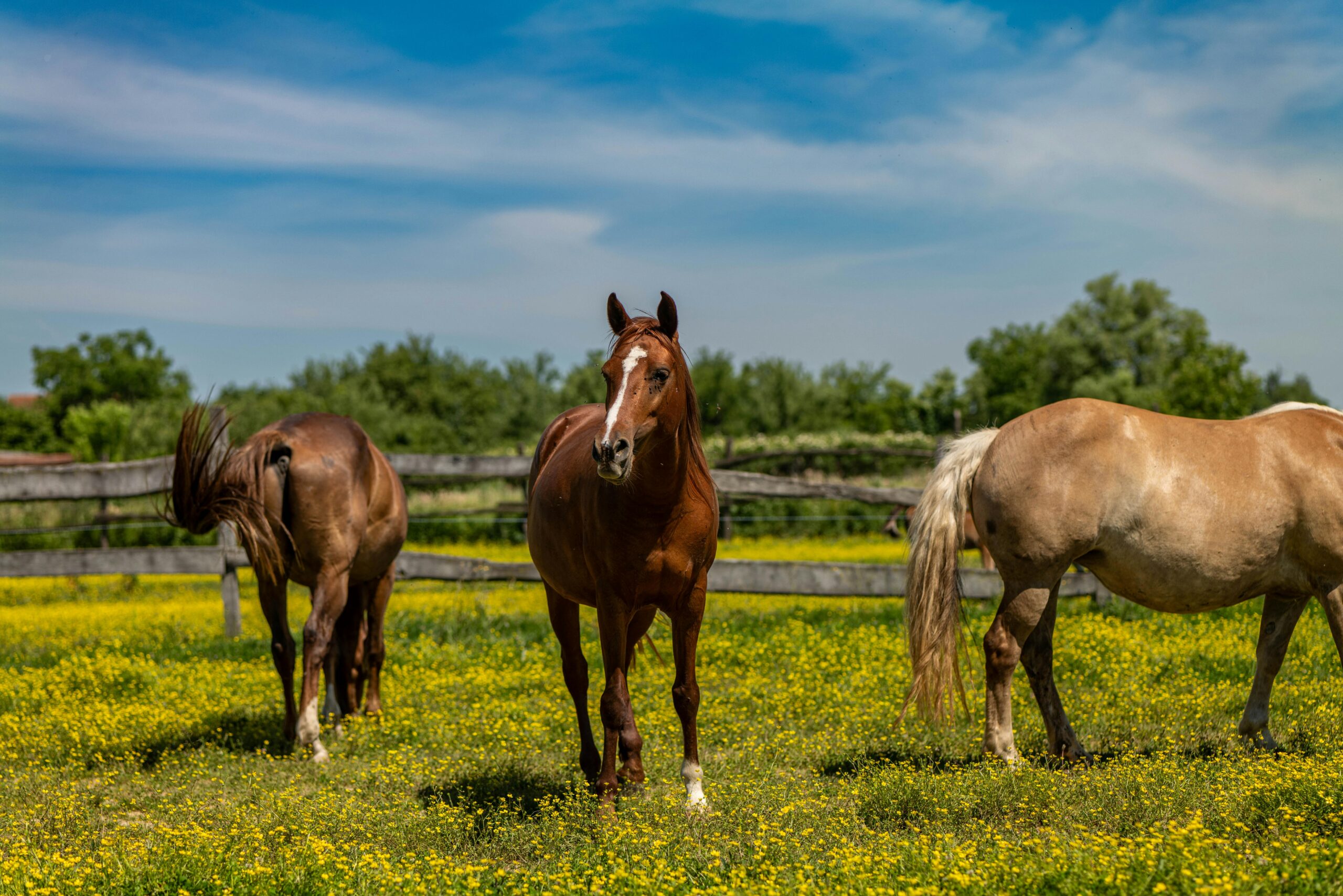
Horses occupy a unique position in global commodity markets, serving purposes ranging from agricultural labor to high-value sporting assets. Unlike traditional livestock, horses transitioned from primarily utilitarian roles to becoming luxury goods and performance investments in modern economies. This analysis examines horses through six key commercial dimensions.
1. Market Segmentation
A. Working Equines
-
Agricultural Sector: Still vital in developing nations (plowing, transport)
-
Industrial Use: Police/military units, ranch work
-
Therapeutic Services: Equine-assisted therapy programs
B. Sport and Competition
-
Thoroughbred Racing: $115B global industry (2024)
-
Equestrian Sports: Show jumping, dressage, rodeo
-
Endurance Racing: Growing Middle Eastern market
C. Meat Production
-
Regional Markets:
-
Europe (France, Belgium, Italy)
-
Asia (China, Kazakhstan)
-
Latin America (Mexico, Argentina)
-
-
Controversies: Export bans, welfare concerns
D. Breeding Stock
-
Genetic Valuation:
-
Elite thoroughbreds ($millions at auction)
-
Sport horse bloodlines (Warmbloods)
-
Rare breeds conservation
-
E. Recreational Market
-
Riding Schools: $8.2B global market
-
Eco-Tourism: Dude ranches, trail riding
-
Urban Equitation: Metropolitan riding clubs
F. Byproducts
-
Pharmaceuticals: Pregnant mare urine (PMU) for hormone drugs
-
Collagen Production: For cosmetic/surgical use
-
Pet Food: Specialty equine-derived protein
2. Global Trade Dynamics
Key Export Nations
| Country | Specialization | 2024 Export Value |
|---|---|---|
| Ireland | Sport horses | $287M |
| USA | Racehorses, rodeo stock | $182M |
| Netherlands | Dressage horses | $156M |
| Argentina | Polo ponies | $94M |
| Australia | Thoroughbreds | $88M |
Import Leaders
-
Middle East (racing, endurance)
-
China (polo, racing investments)
-
EU (equestrian sports)
-
USA (performance horses)
3. Pricing Structures
Auction Benchmarks (2024)
-
Thoroughbred yearlings: $65,000-$3.2M
-
Olympic-caliber jumpers: $450,000-$12M
-
Working ranch horses: $3,500-$25,000
-
Meat horses: $0.80-$1.20/lb live weight
Factors Influencing Value
-
Pedigree (stud book status)
-
Competition records
-
Conformation assessment
-
Training level
-
Reproductive potential
4. Industry Challenges
A. Welfare Concerns
-
Transport regulations (EU 1/2005)
-
Slaughter controversies
-
Doping scandals in sports
B. Economic Pressures
-
Rising upkeep costs (feed +30% since 2020)
-
Insurance premiums increasing
-
Black market theft ($100M annual losses US)
C. Demographic Shifts
-
Aging owner population
-
Urbanization reducing equestrian access
-
Youth interest decline in traditional markets
5. Emerging Technologies
A. Reproductive Advances
-
Frozen semen trade ($120M market)
-
Embryo transfer services
-
Genetic testing ($500/test average)
B. Digital Transformation
-
Blockchain pedigrees (The Jockey Club pilot)
-
VR training systems
-
Wearable biometric monitors
C. Alternative Markets
-
Equine cannabis products ($45M sector)
-
Hyperbaric therapy centers
-
Retirement ranches (luxury facilities)
6. Future Market Projections
Growth Areas
-
China’s racing industry expansion
-
Para-equestrian equipment
-
Niche meat markets (premium charcuterie)
Declining Sectors
-
Carriage horse industries
-
PMU collection (synthetic alternatives)
-
Rodeo livestock (animal welfare pressures)
Investment Opportunities
-
Equine fertility startups
-
Specialized transport services
-
Insurance technology platforms
-
Performance analytics software
